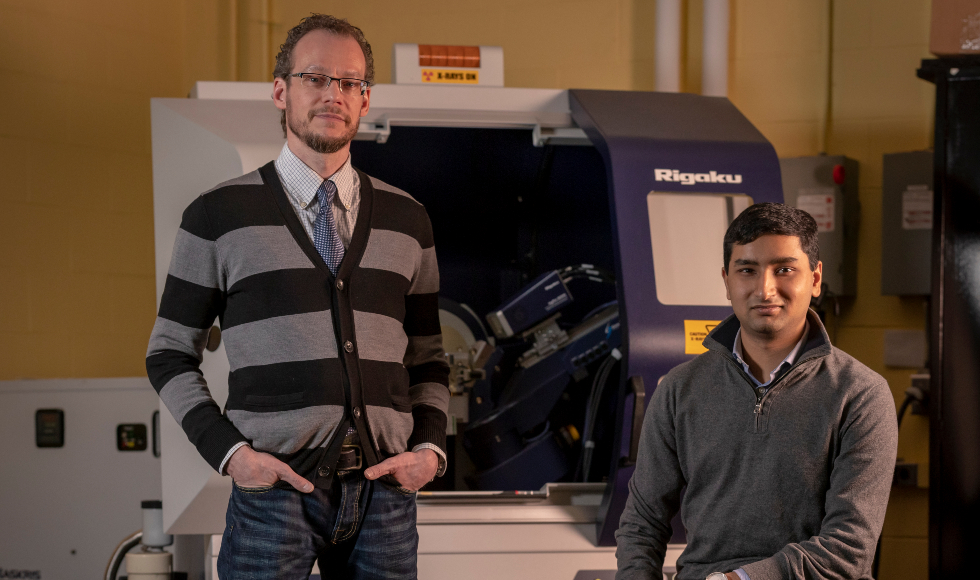Overcoming Bacterial Resistance to Antibiotics
"We've developed a technique that we could see how the antibiotics are trying to stab the bacterial cells."
"The big challenge that we are facing is that the drugs we used to treat diseases with are in the process of not working anymore because bacteria are becoming more and more resistant to these drugs."
"The idea we had is every disease and bacteria is treated differently so we tried the opposite -- to see if there are common properties of all bacteria, if there is a general mechanism for this bacterial resistance that one could tackle."
"The antibiotics kind of poke into that membrane [surrounding the bacteria] and stab the cell to death. But the bacteria found a mechanism to reduce the [electrical] charge they have, which makes them less attractive to antibiotics, and they made their membranes tougher."
"There are many, many bacteria out there, and so many antibiotics, but by proposing a basic model that applies to many of them, we can have a much better understanding on how to tackle and predict resistance better."
Maikel Rheinstadter, physics professor, McMaster University, Hamilton
"For the drug, it's like going from cutting Jell-O to cutting through rock."
"We wanted to find out how this bacteria, specifically, was stopping this drug in this particular case. If we can understand that, we can design better antibiotics."
"If you take the bacterial cell and add this drug, holes will form in the wall, acting like a hole-puncher, and killing the cell. But there was much debate on how these holes were formed in the first place."
Andree Khondker, undergraduate bio-chemistry student, McMaster University
 |
| Maikel Rheinstädter (left) and Andree Khondker. (Photo by JD Howell) |
Their focus was on polymyxin B, used when all other antibiotics have failed. Chinese researchers had earlier discovered the presence of a gene permitting some bacteria to evolve resistance to this most powerful of drugs. Dr. Rheinstadter explained how his team made use of X-ray imaging, alongside computer simulations, to achieve molecular-level resolution to enable them to view the polymyxin B interacting with the antibiotic-resistant bacteria.
Using this technique they were able to view bacteria at a resolution one-millionth the diameter of a human hair. The application from a physics perspective with the use of techniques most frequently found in materials research succeeded admirably. There is a membrane wrapped around bacterial cells often negatively charged -- while many antibiotics have a slightly positive charge and so they become attracted to the soft membrane.
By hardening the membrane, that attraction is no longer viable. About 700,000 people die annually around the world as a result of drug resistance to illnesses, according to the World Health Organization. With this knowledge of how bacteria resist antibiotics, researchers will be more geared toward designing drugs to circumvent this bacterial defence strategy.
"We also think we can use it to screen through potential antibiotic drug candidates", explained Dr. Rehinstadter. "If researchers come up with new ideas, we can quickly test them [to determine whether they will work]."
 |
Bacterial Membranes Influence Antibiotic Resistance ChemistryViews |
Labels: Antibiotics, Bacteria, Biochemistry, Bioscience, Physics, Research

0 Comments:
Post a Comment
<< Home